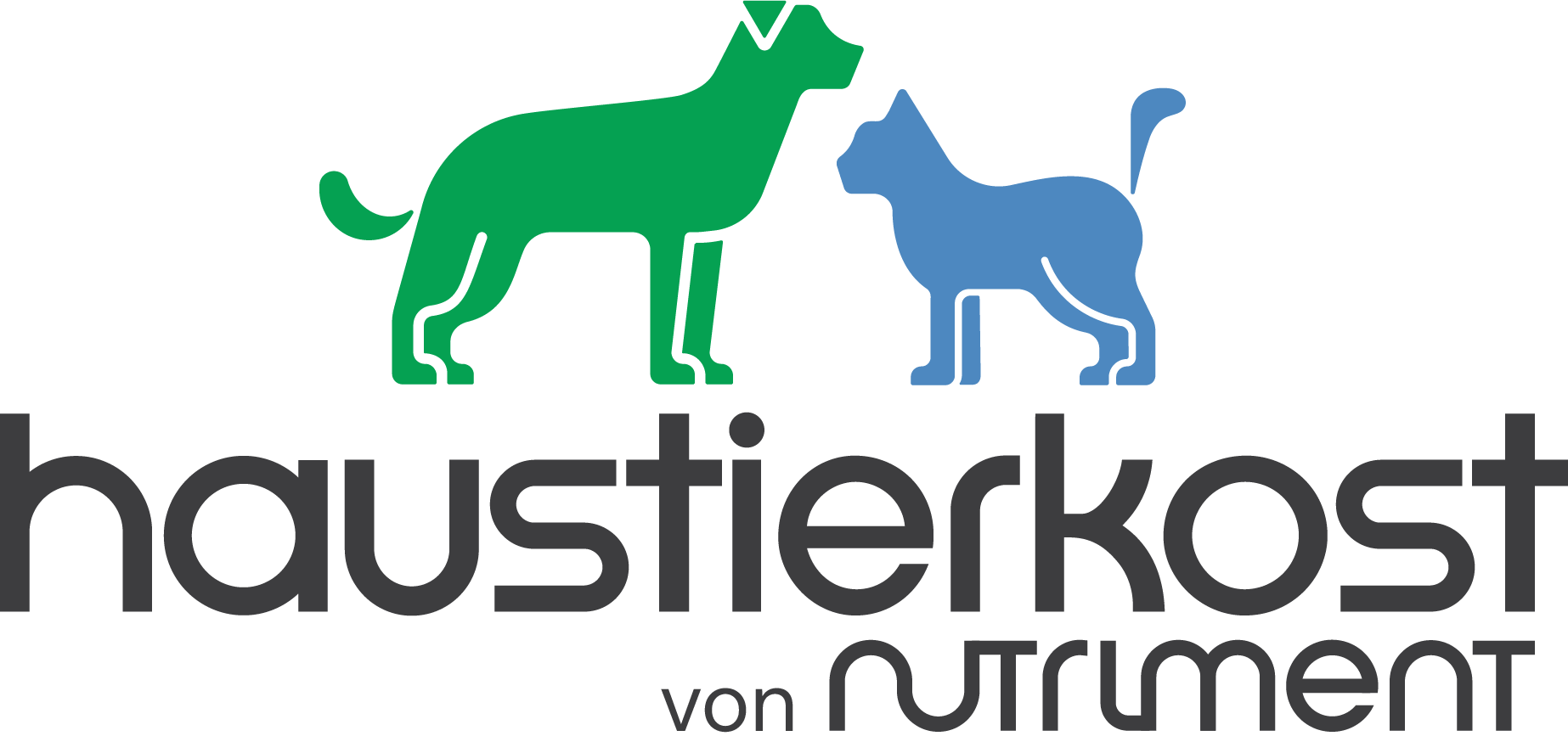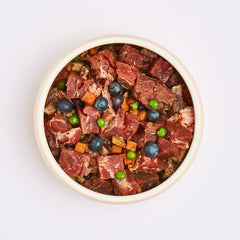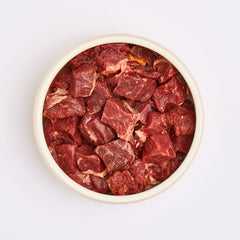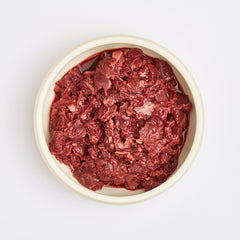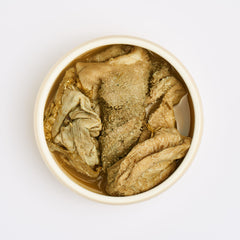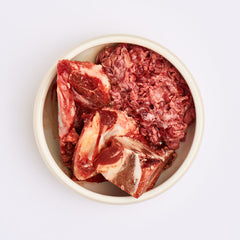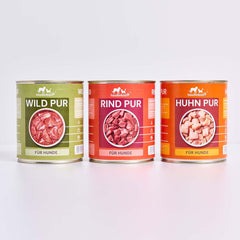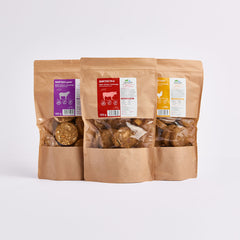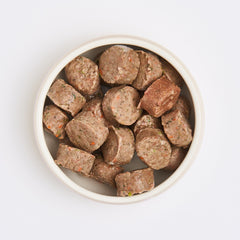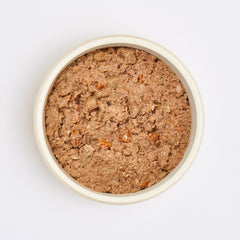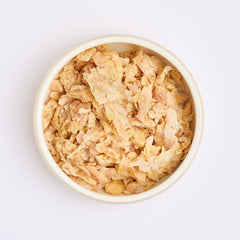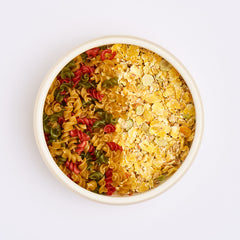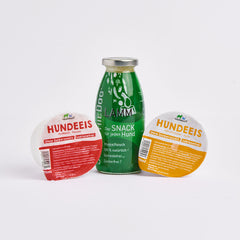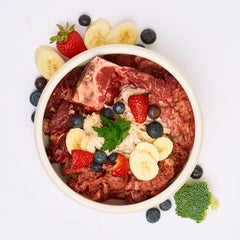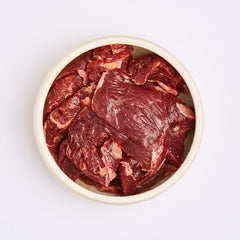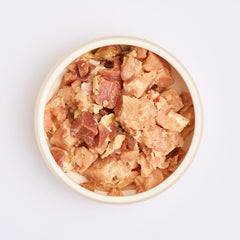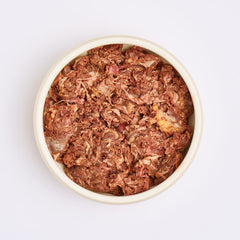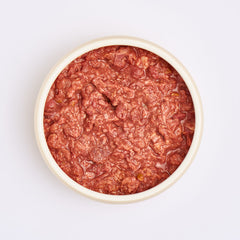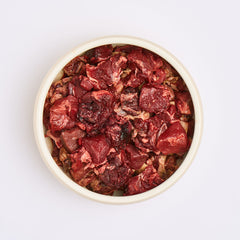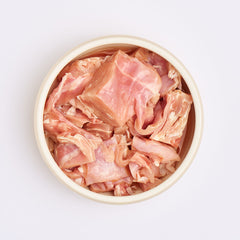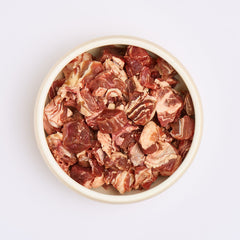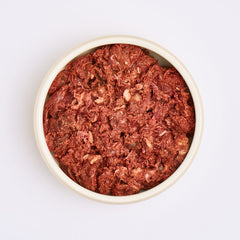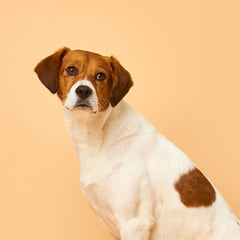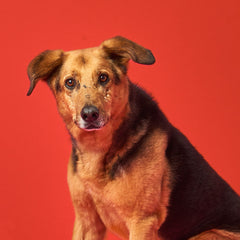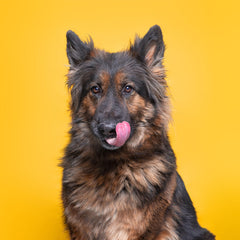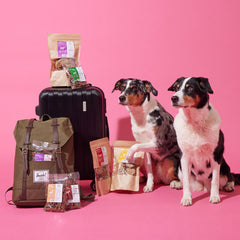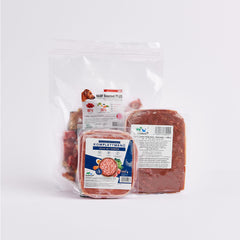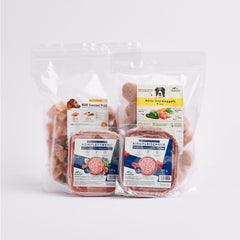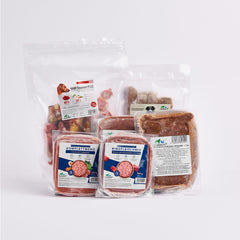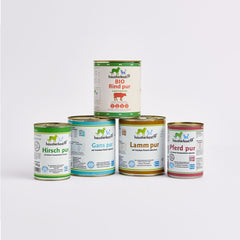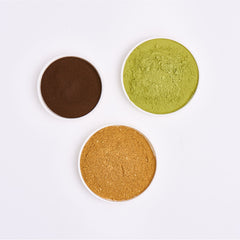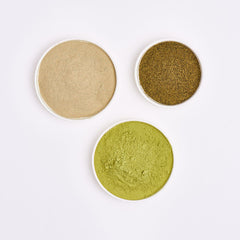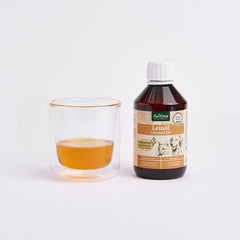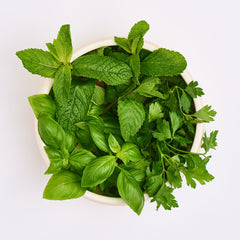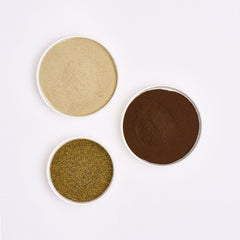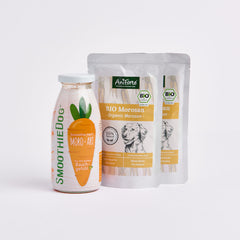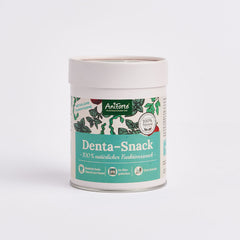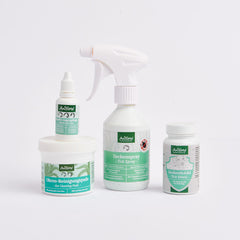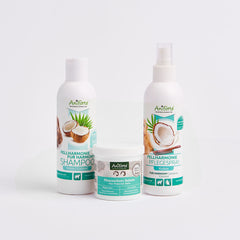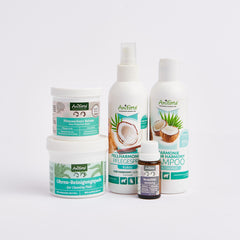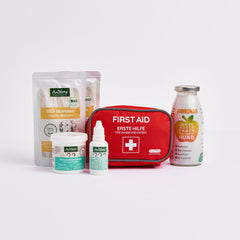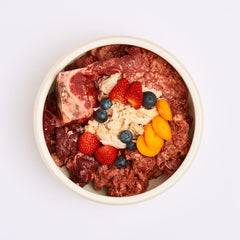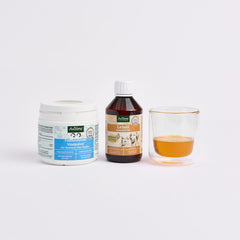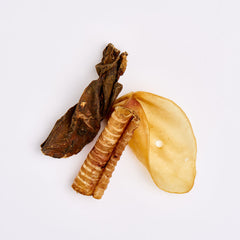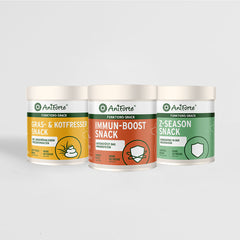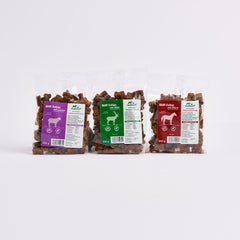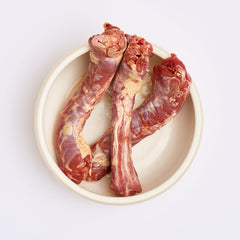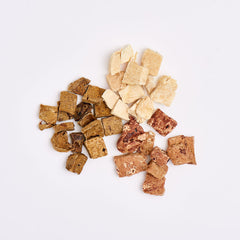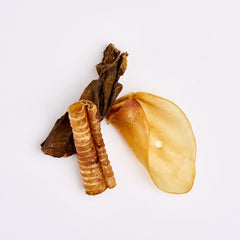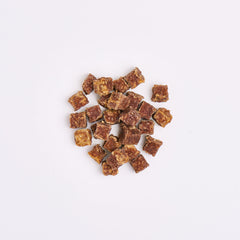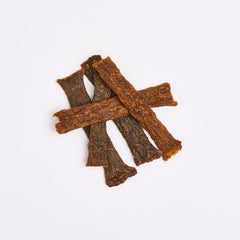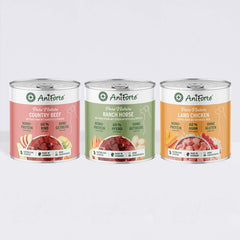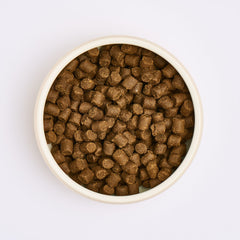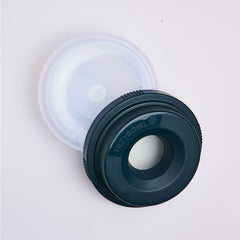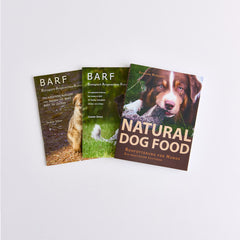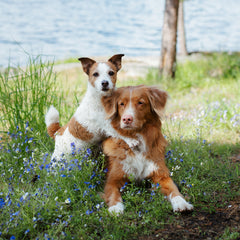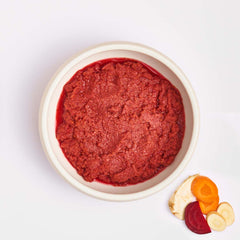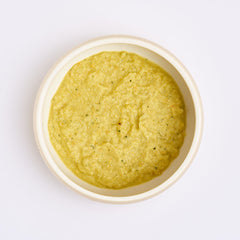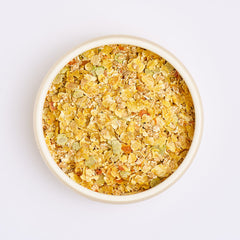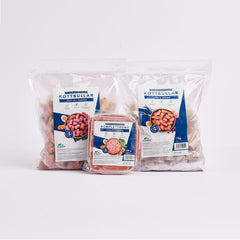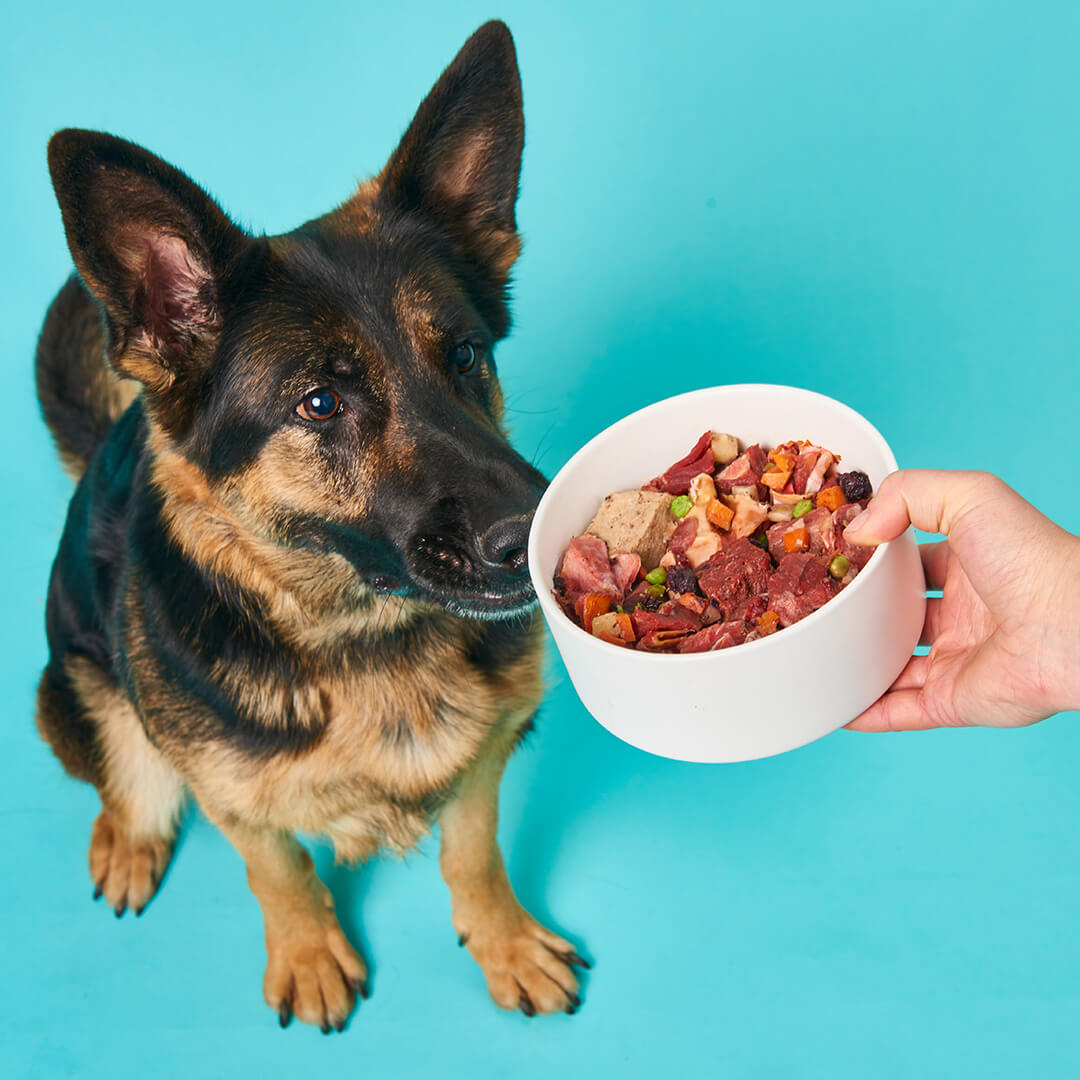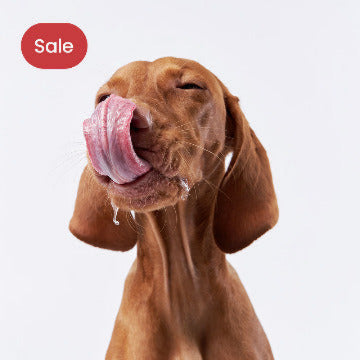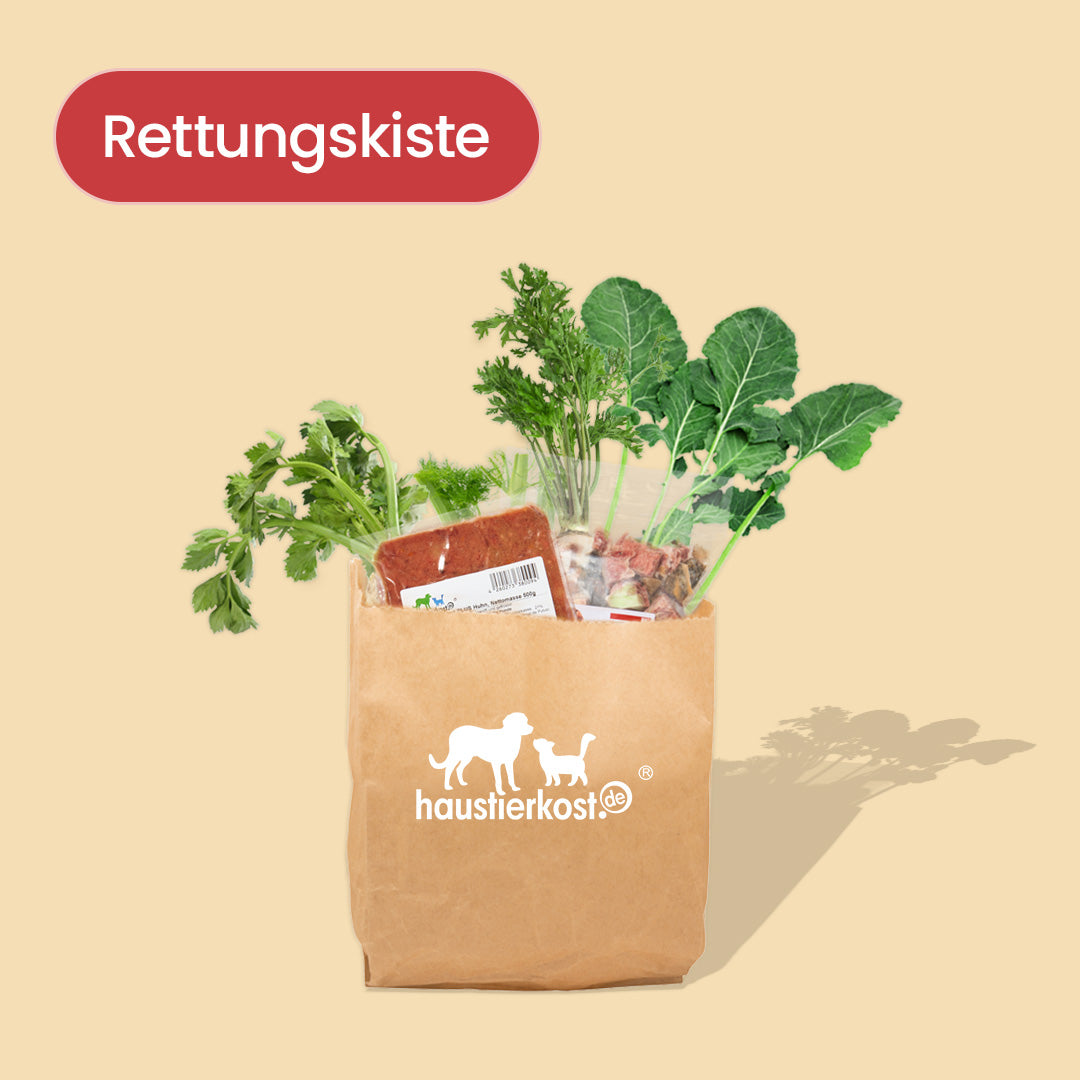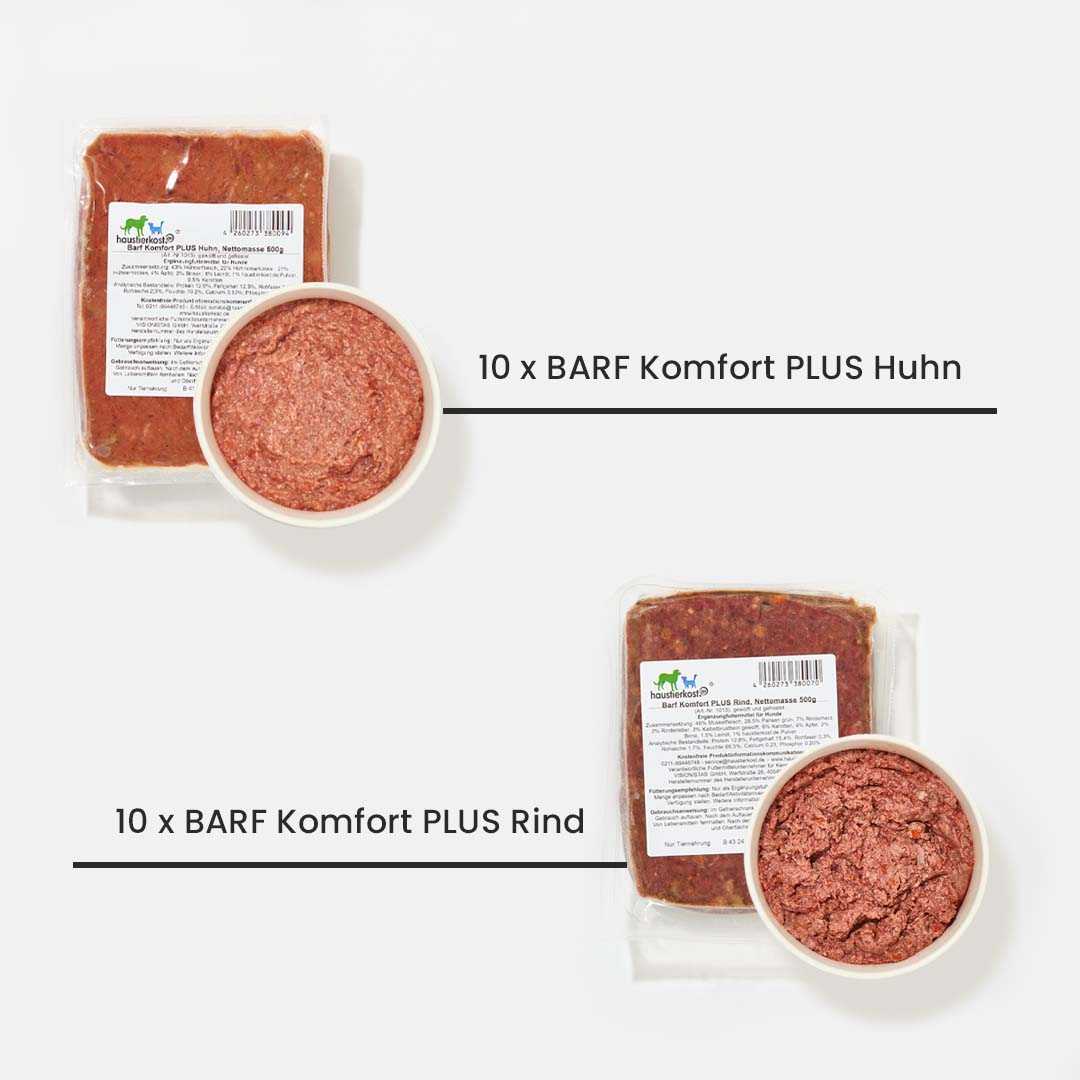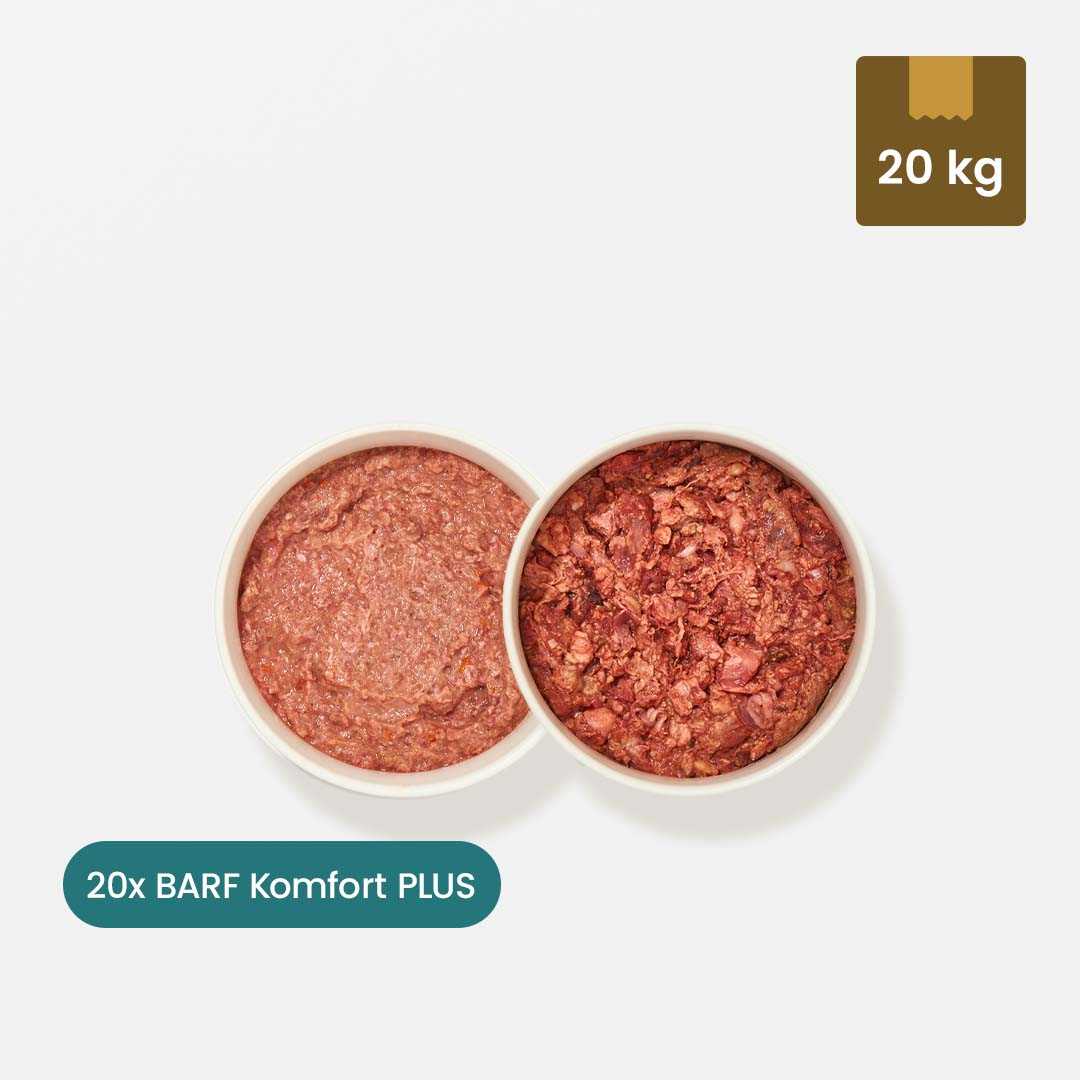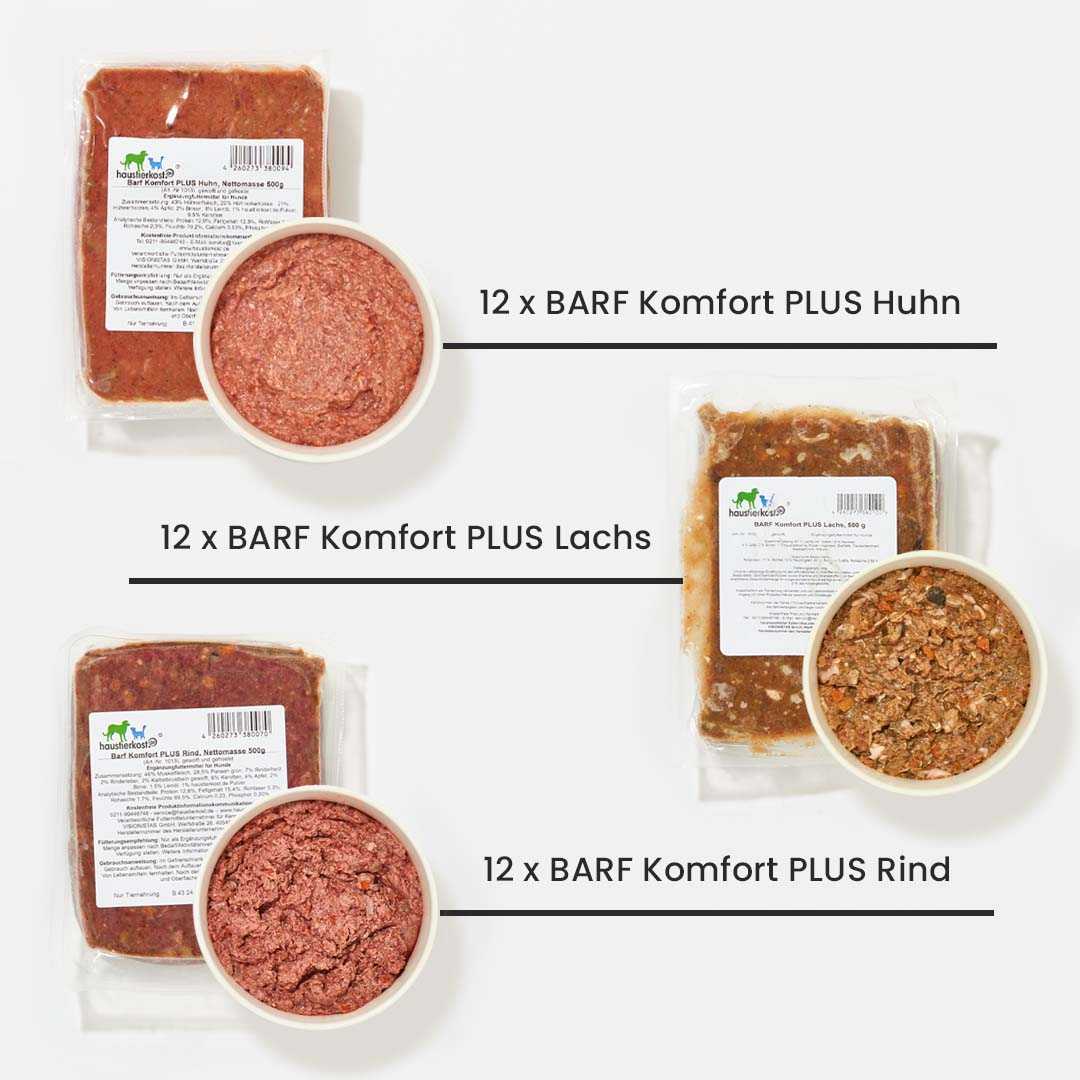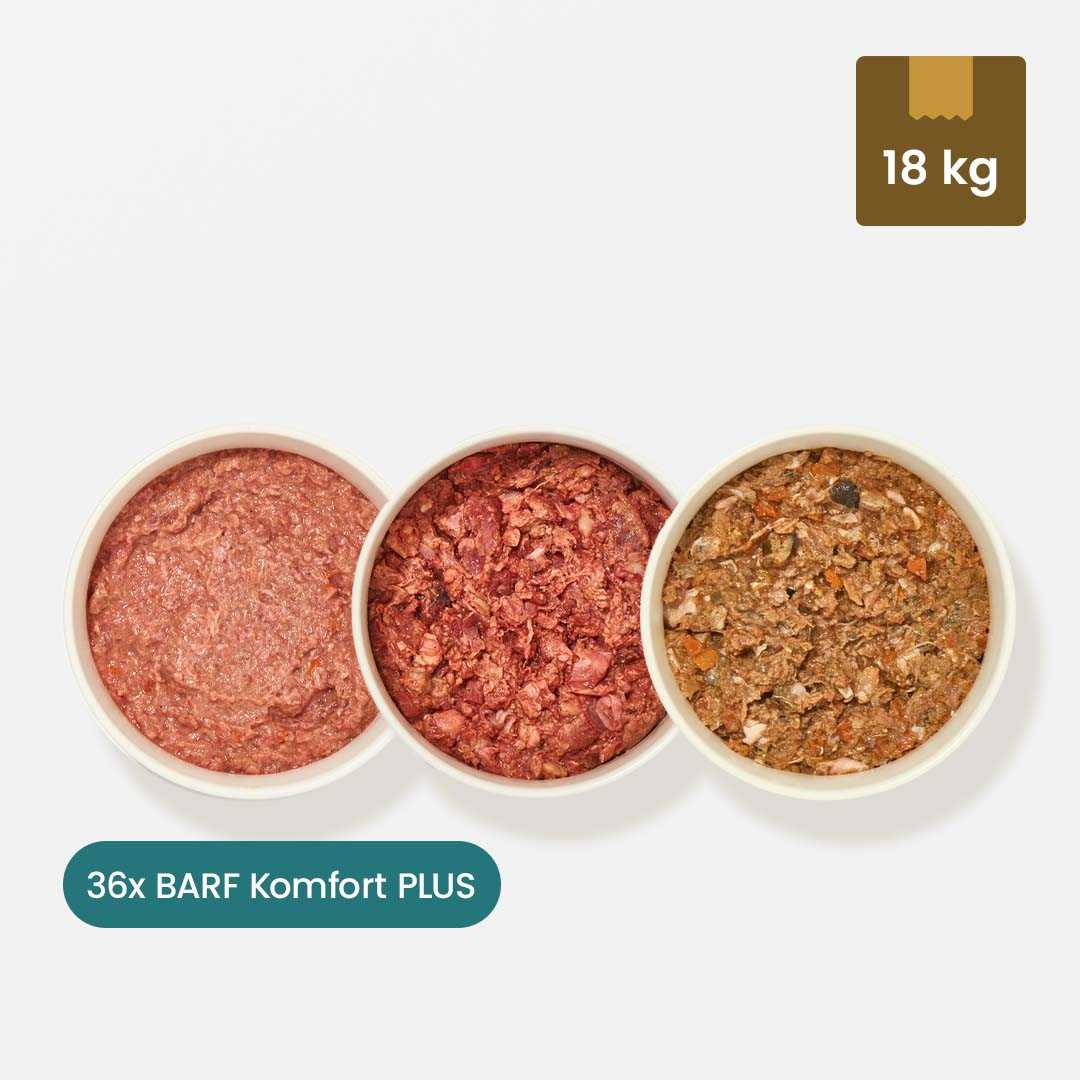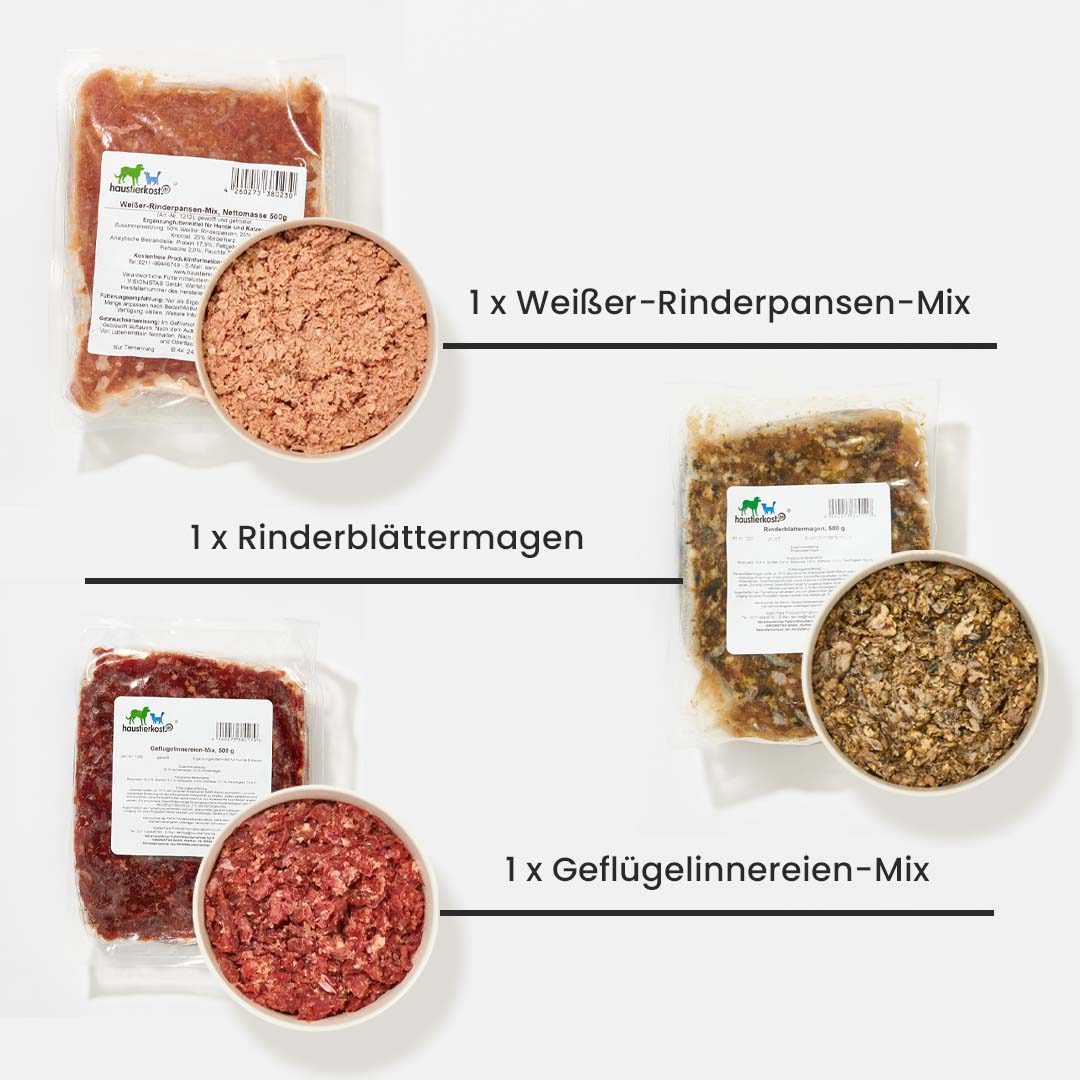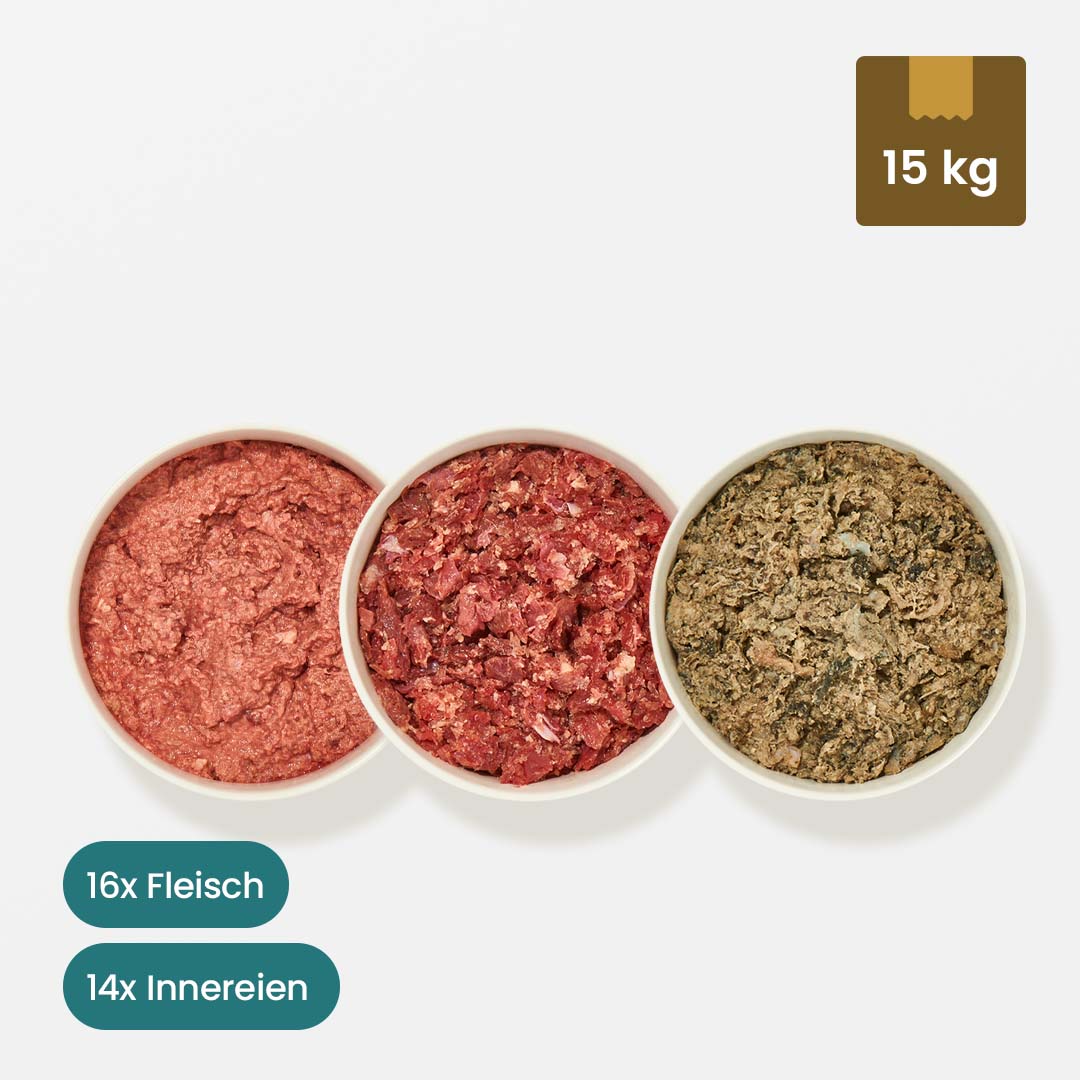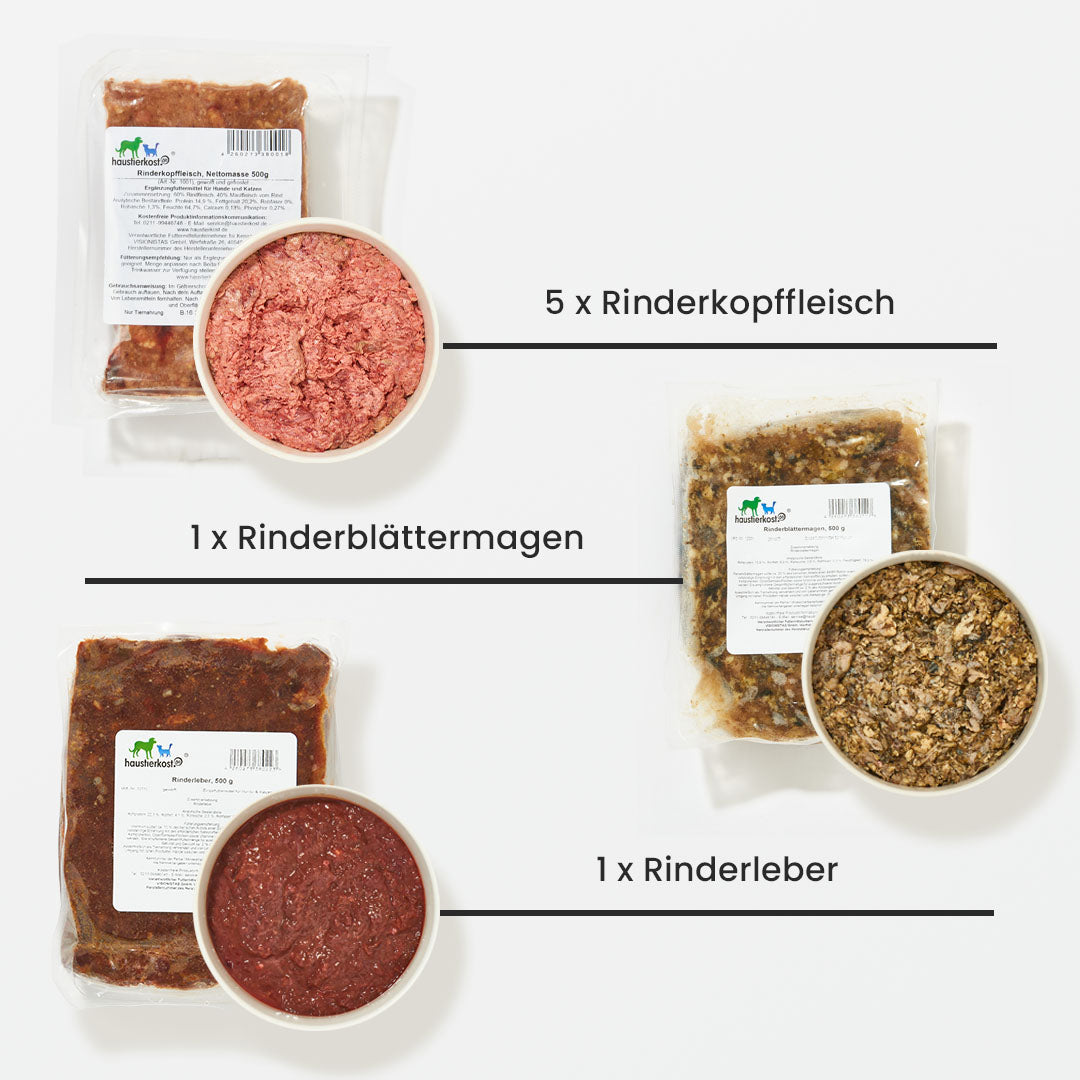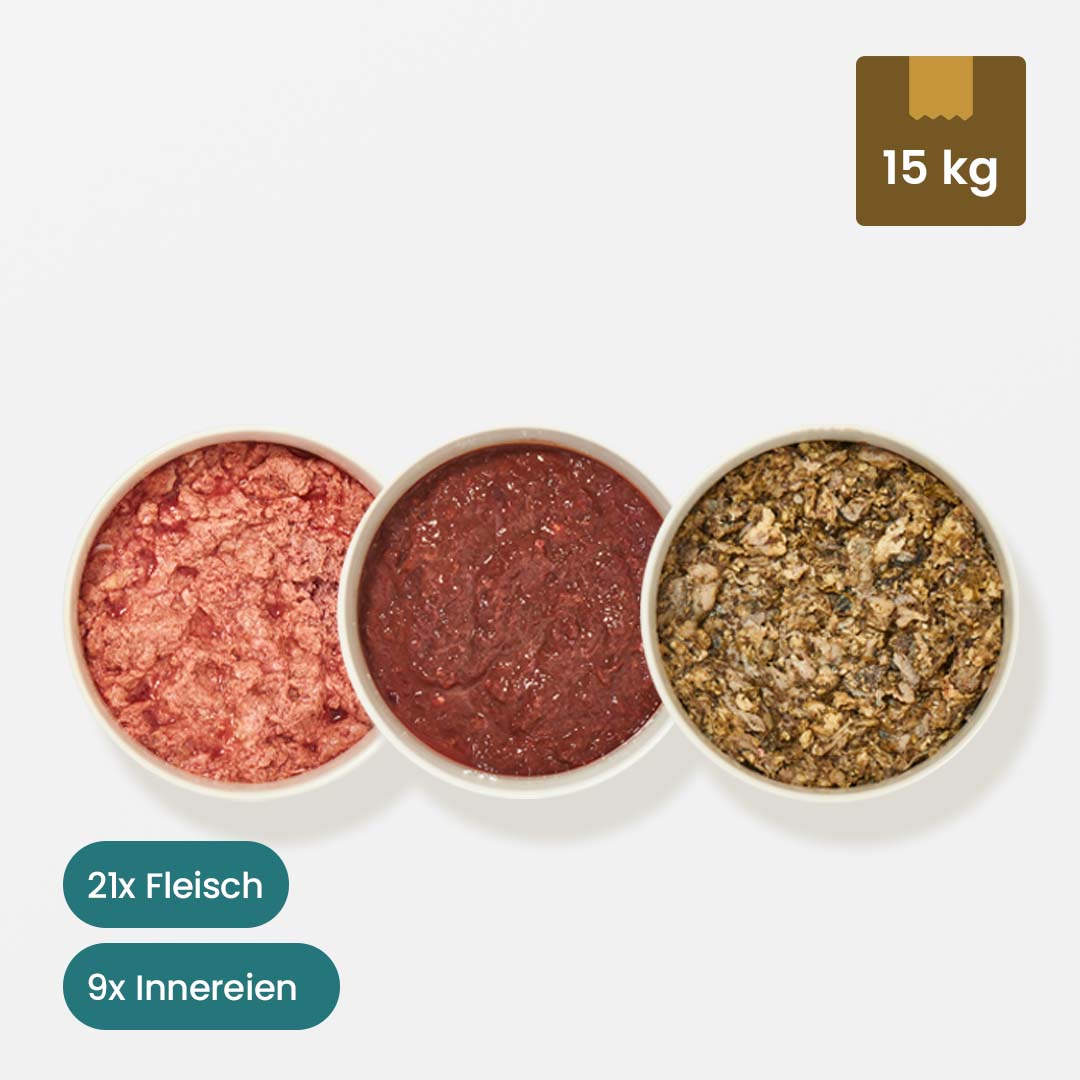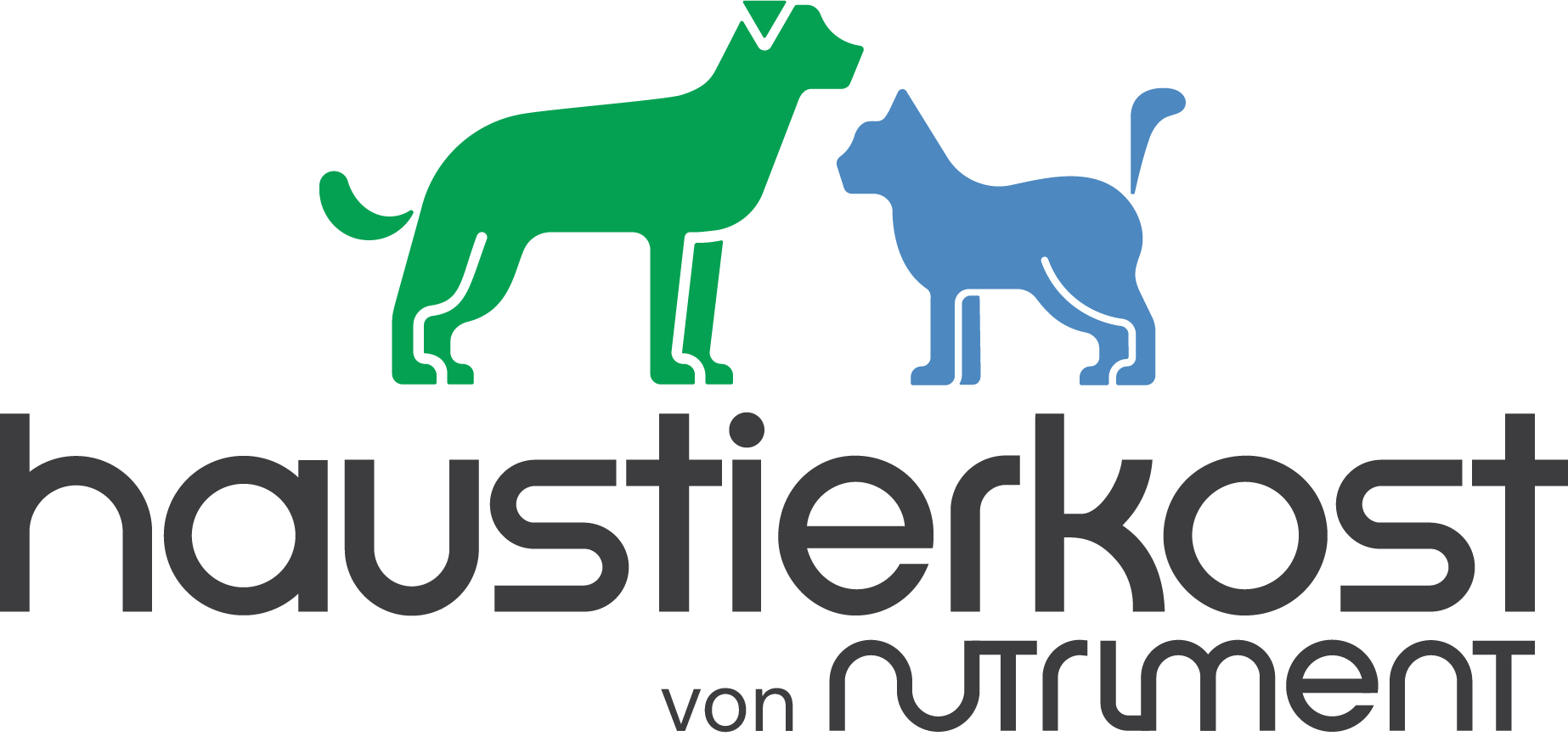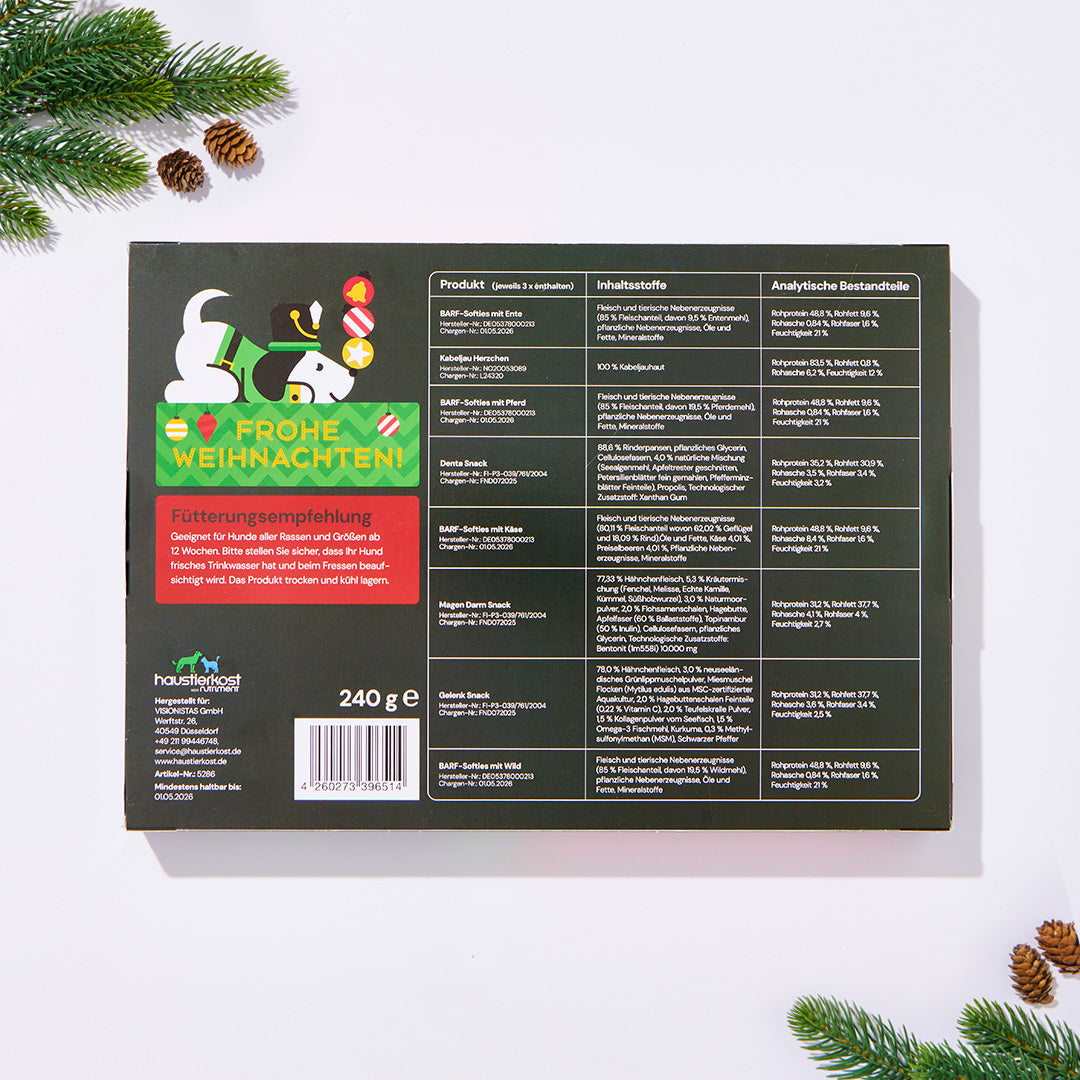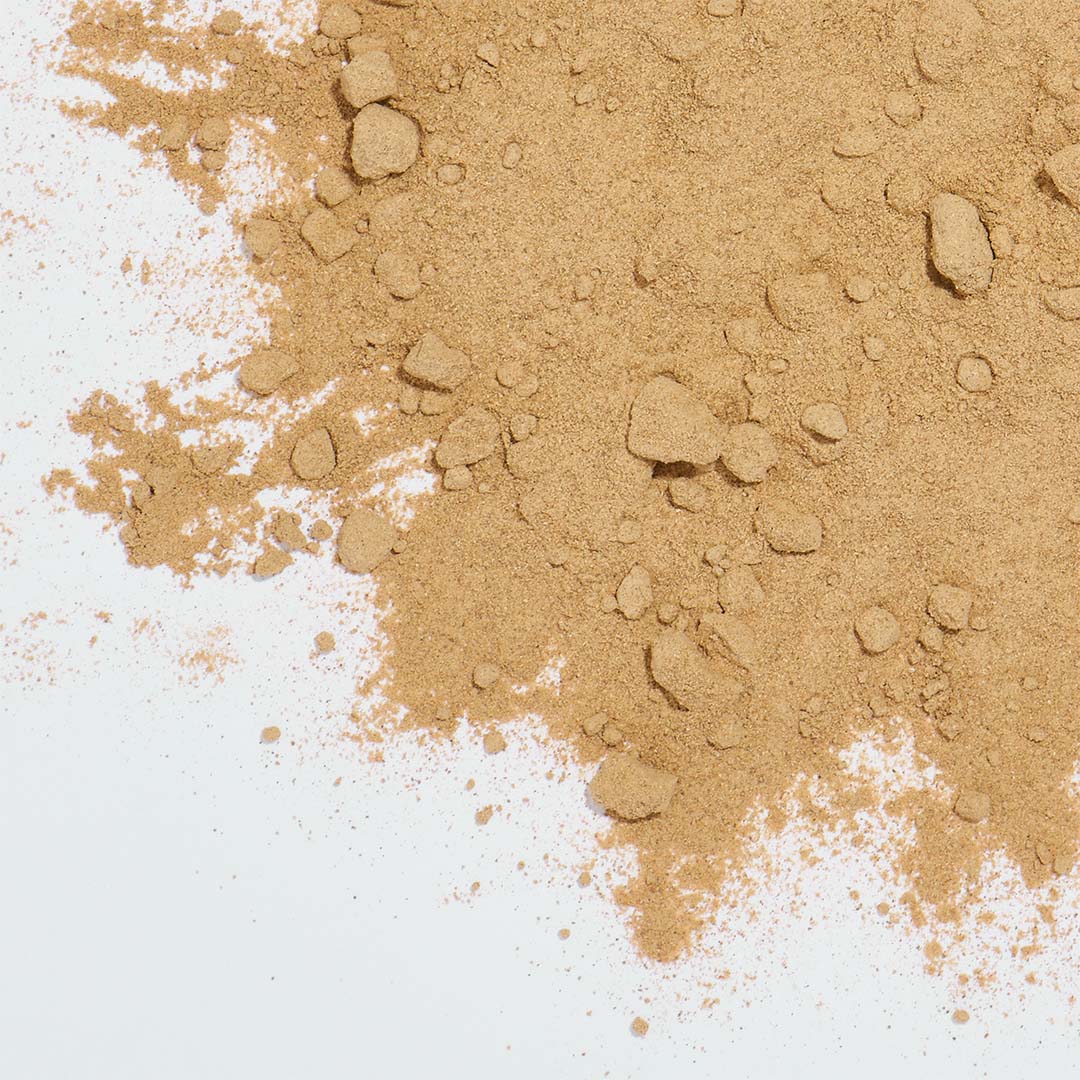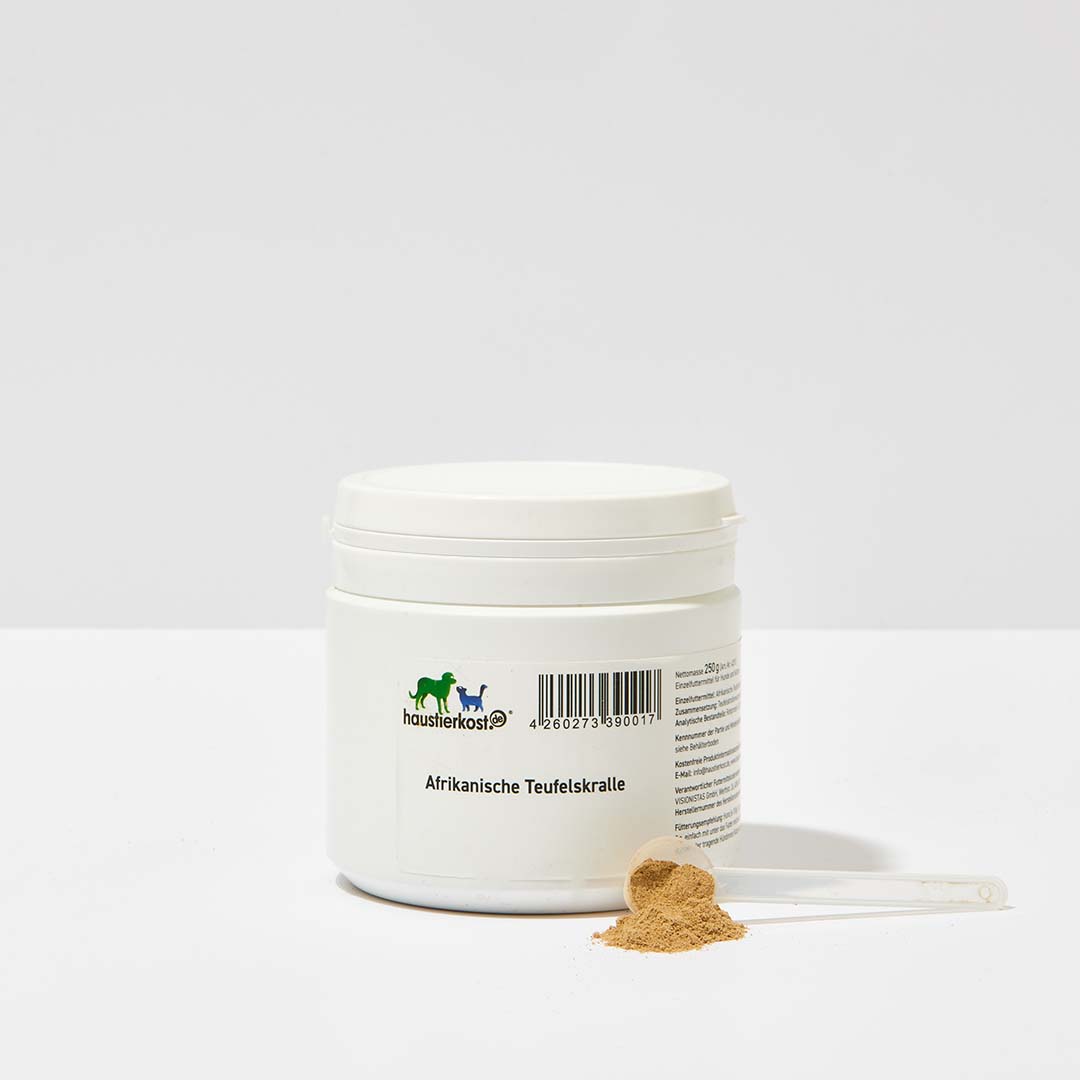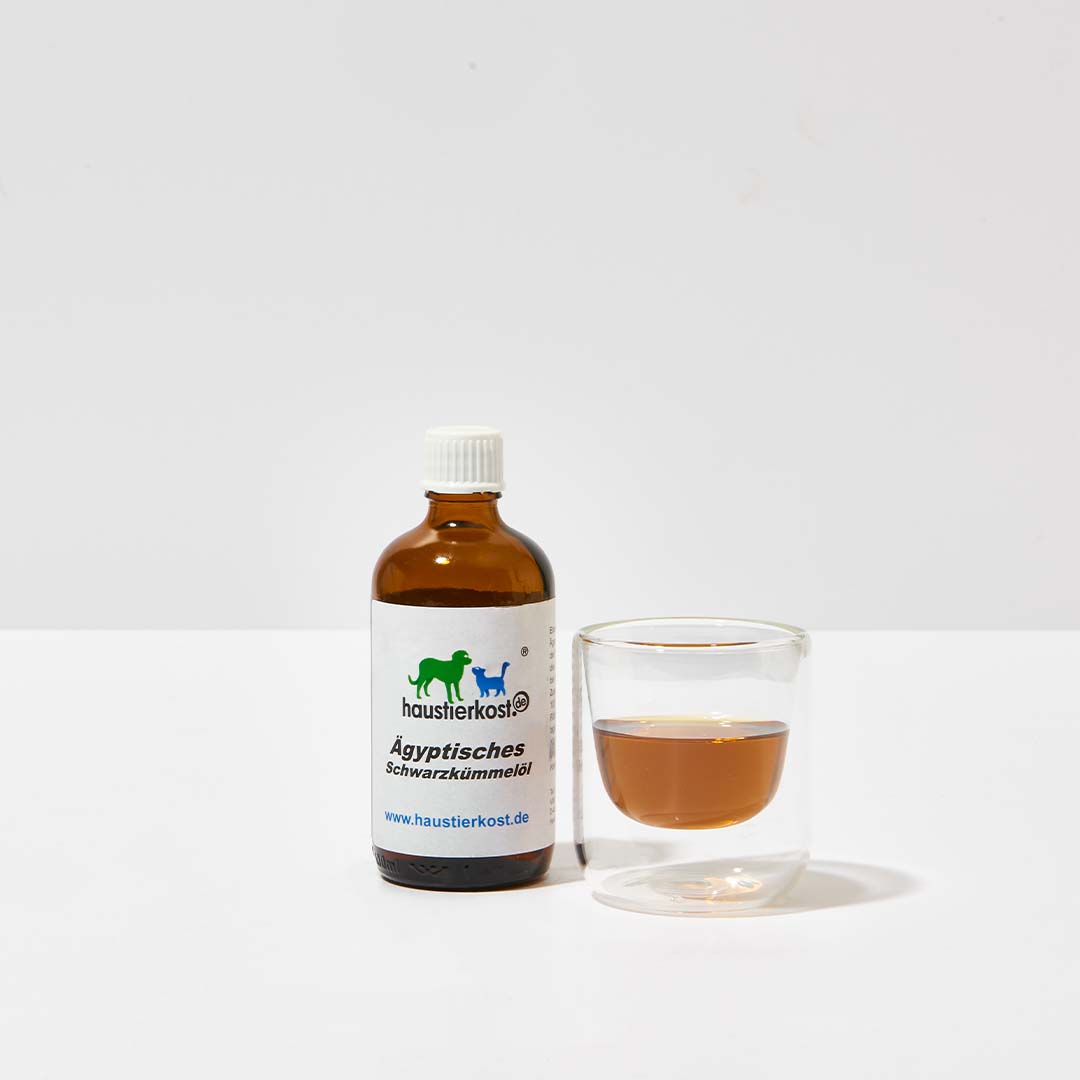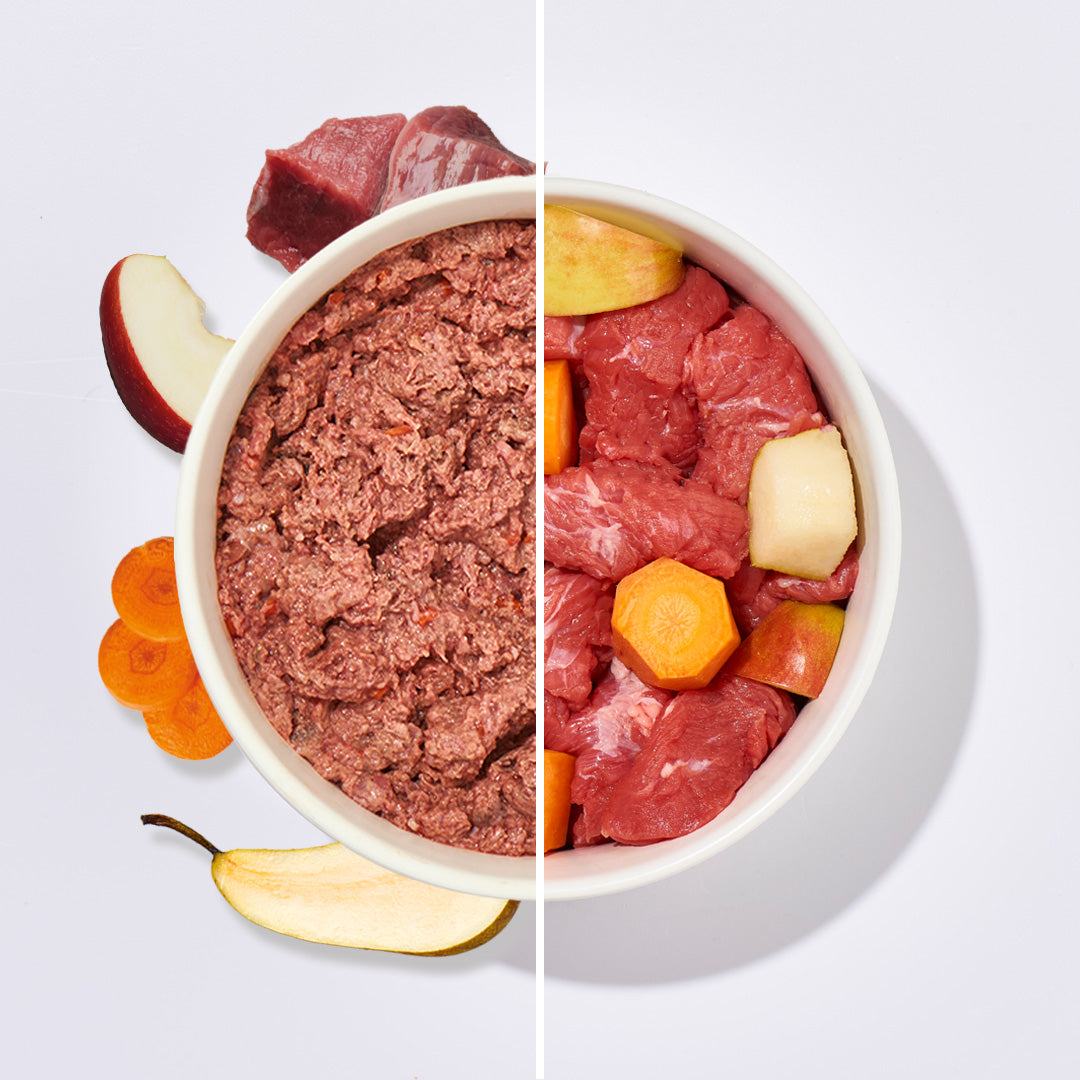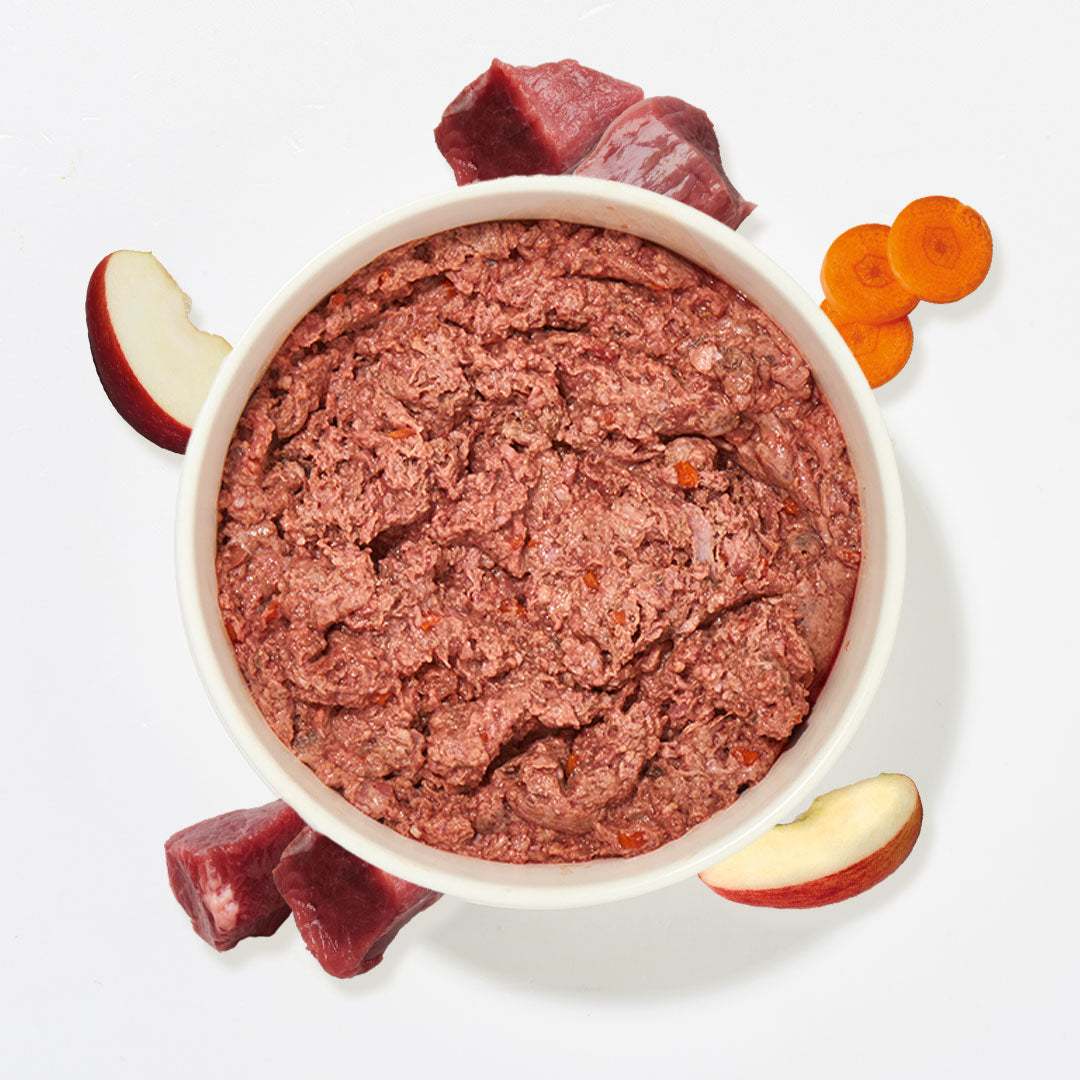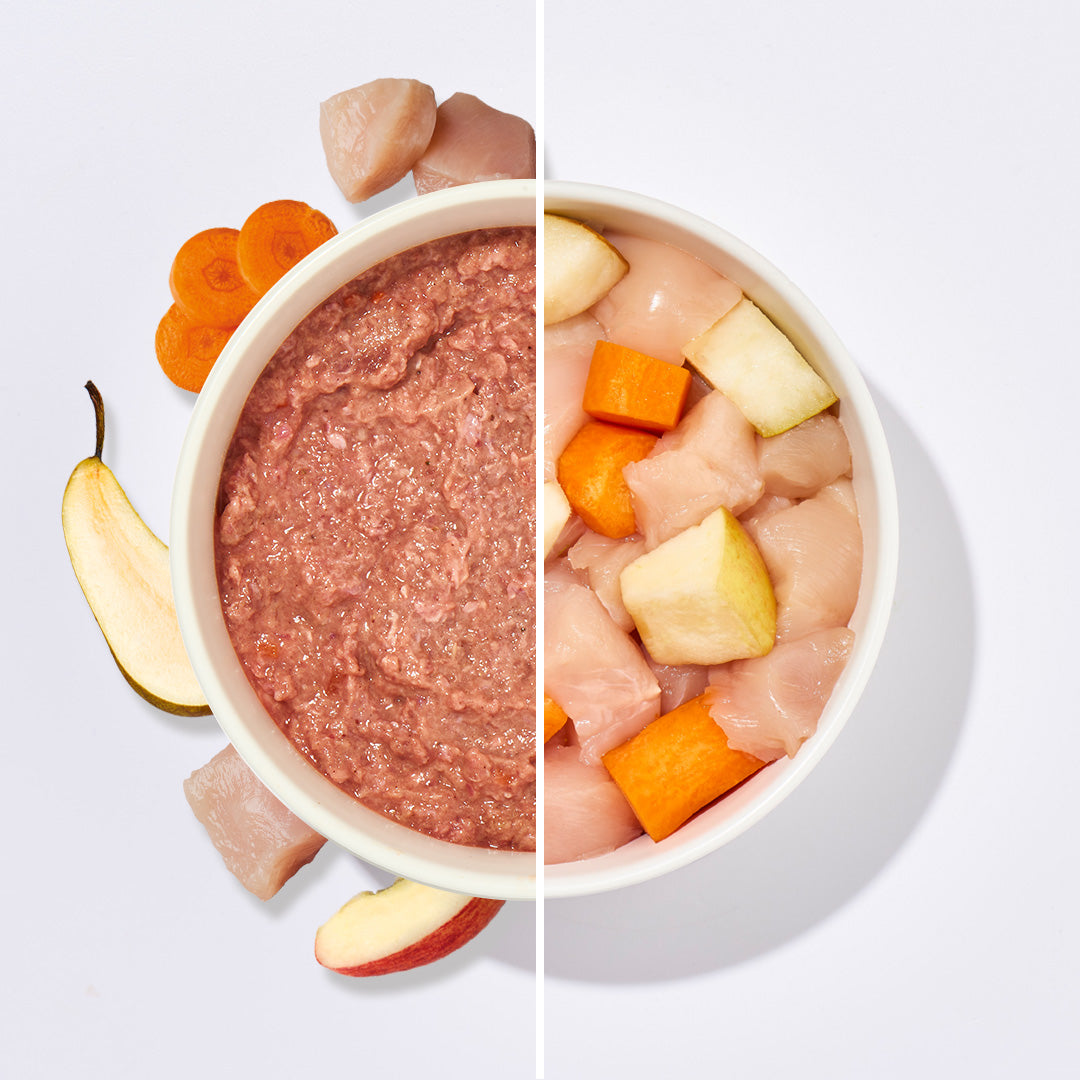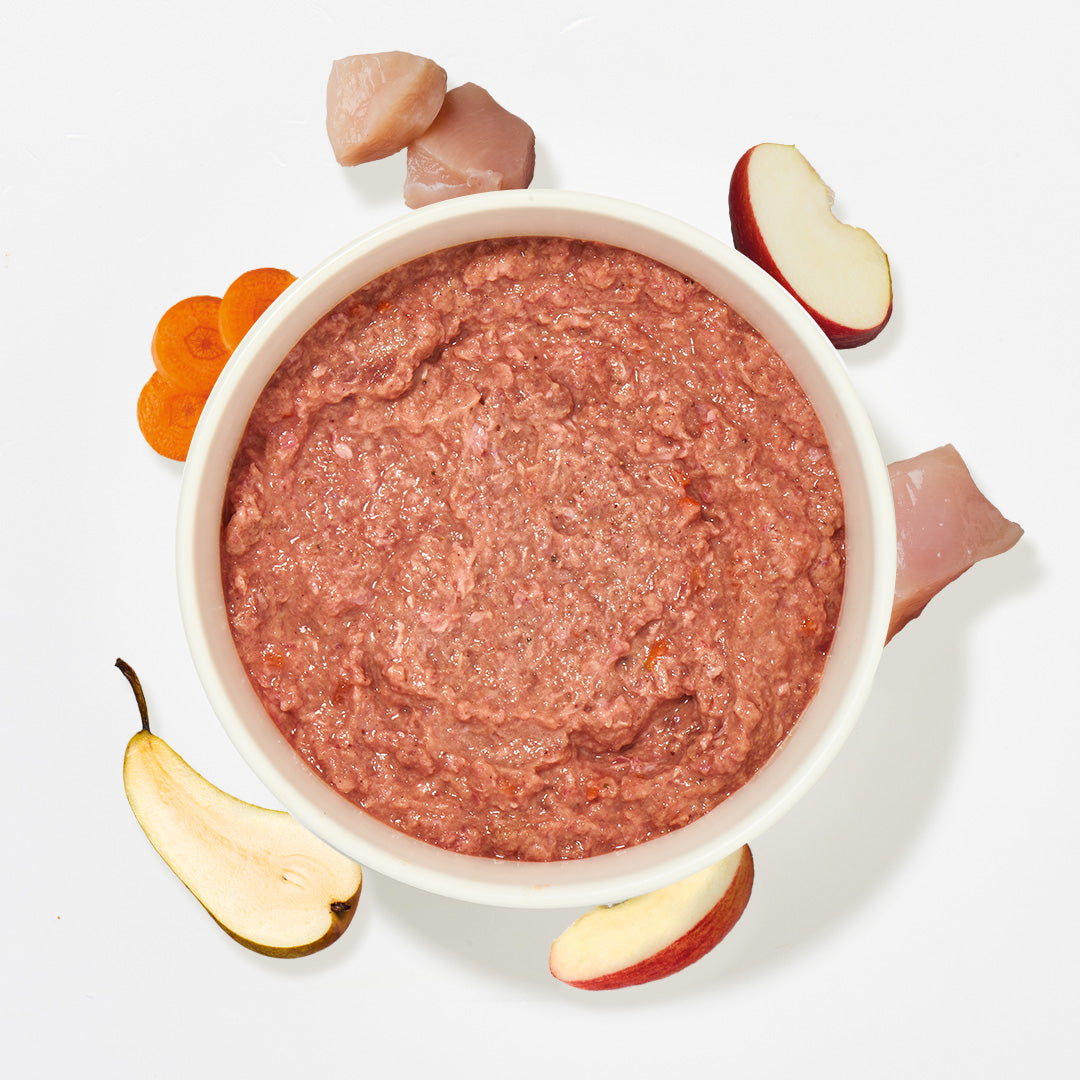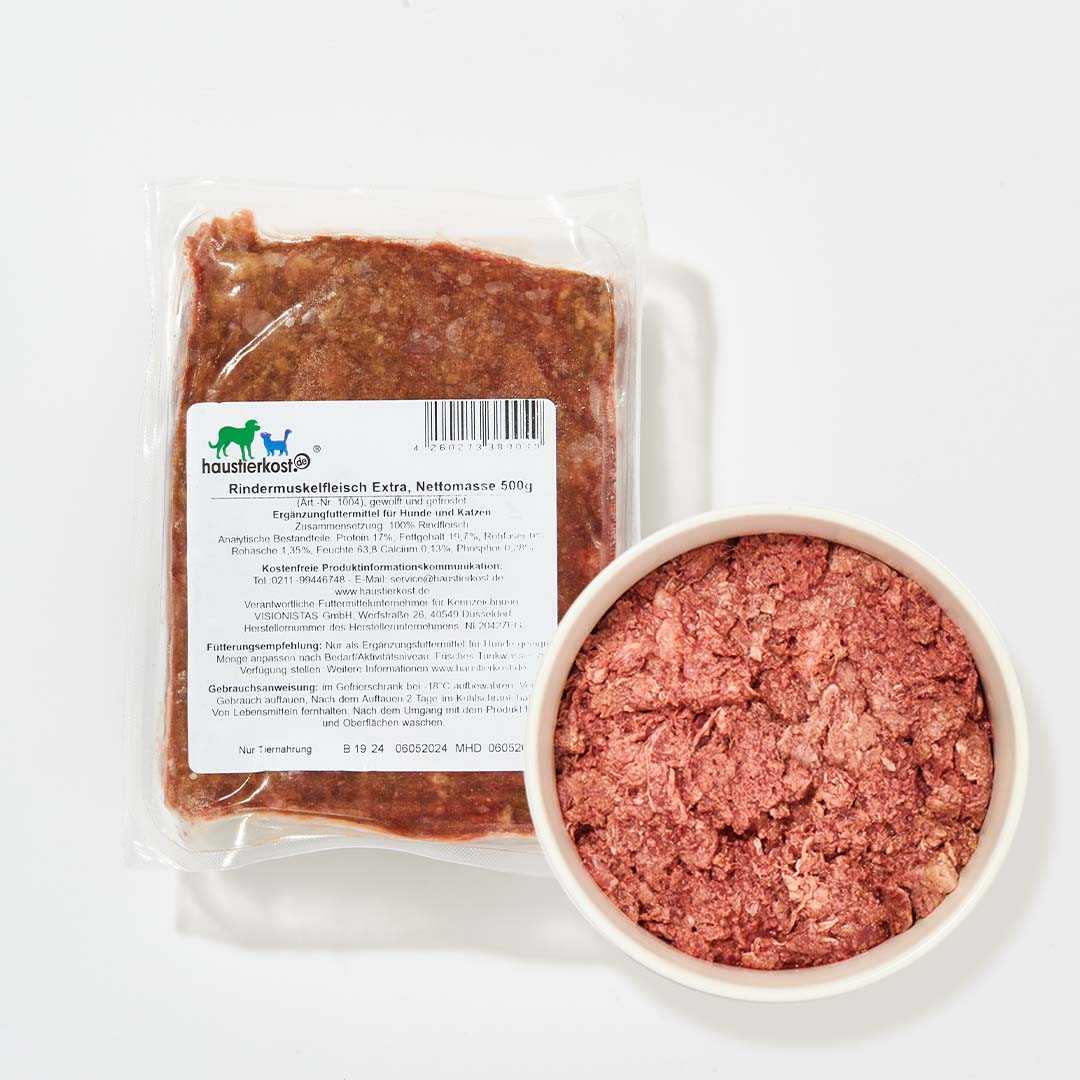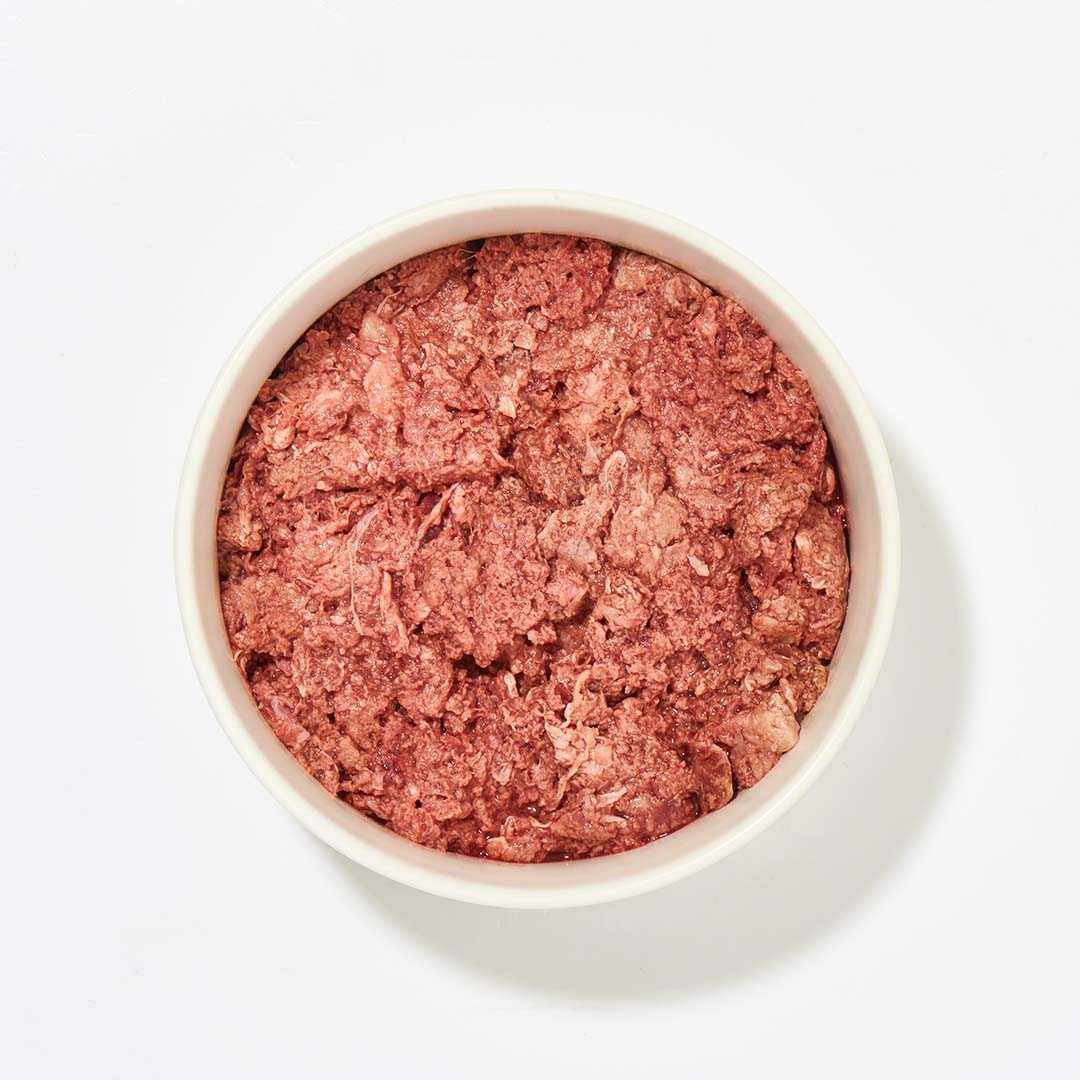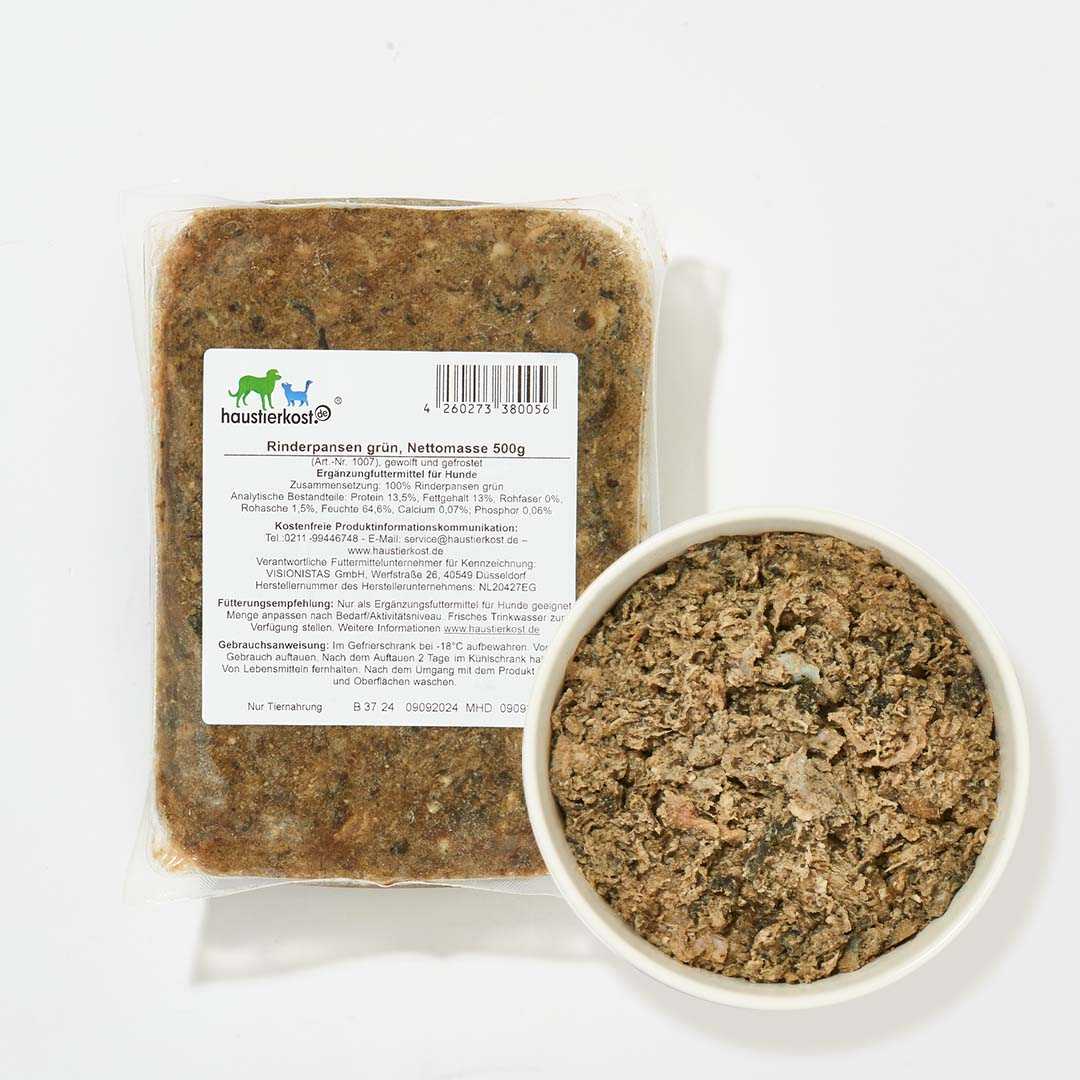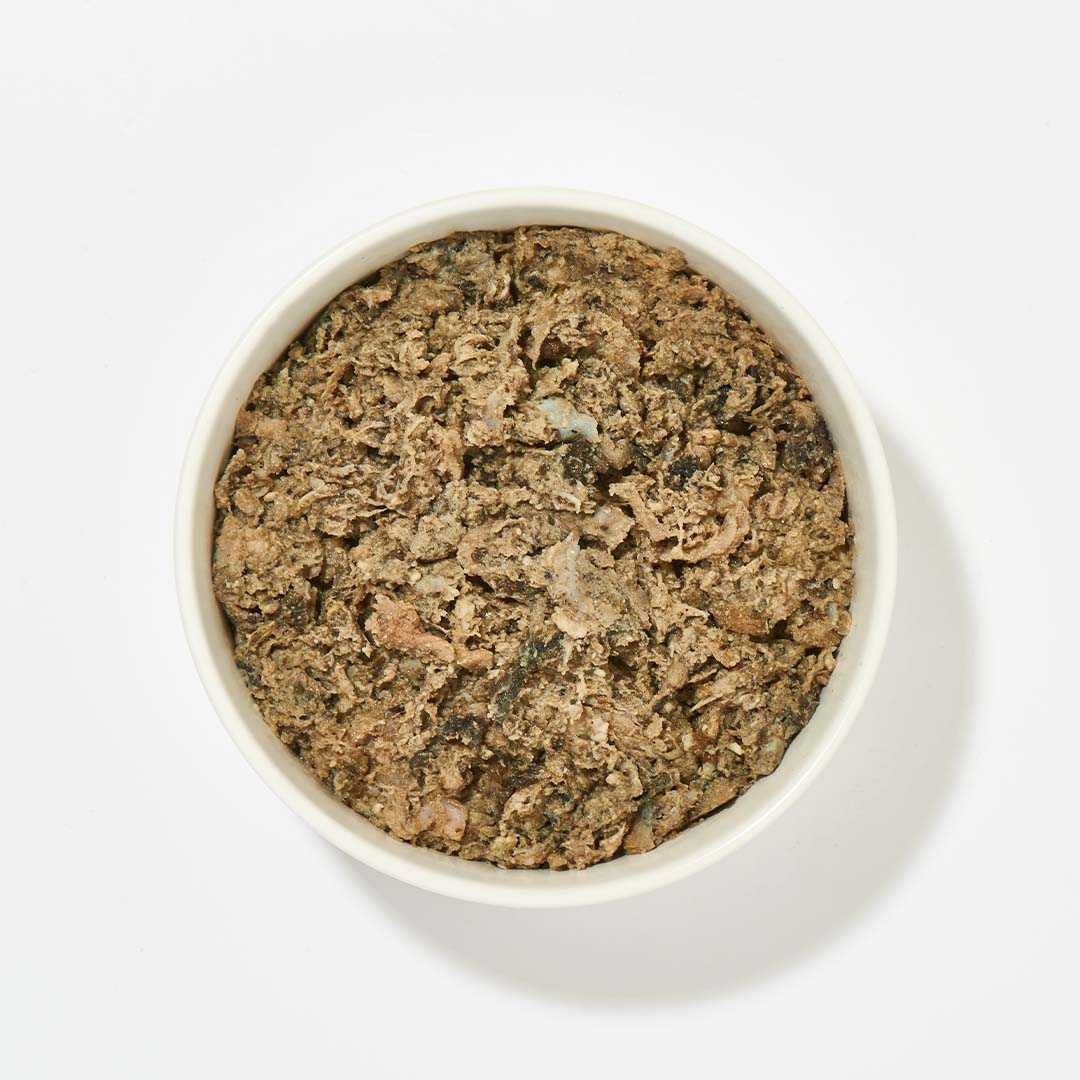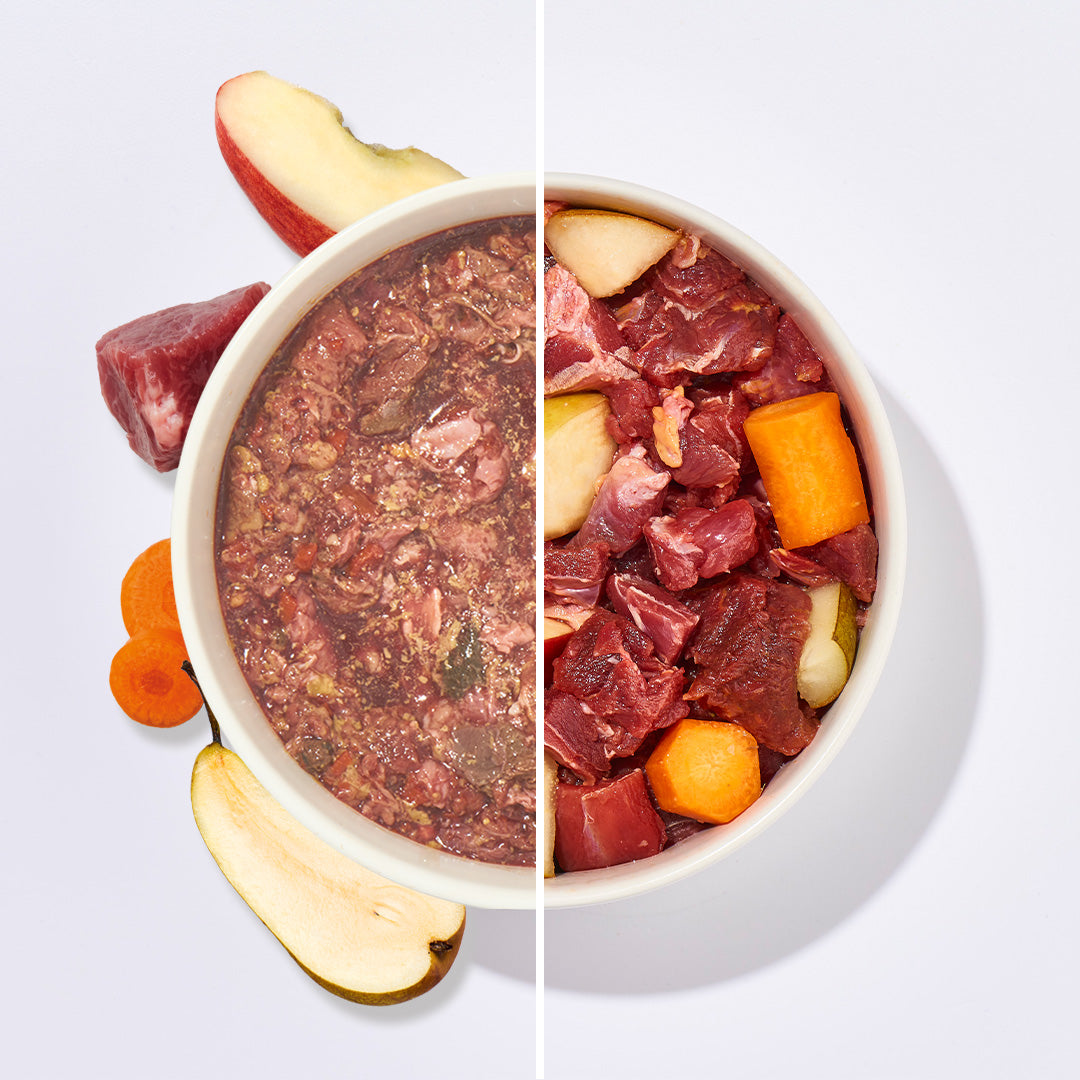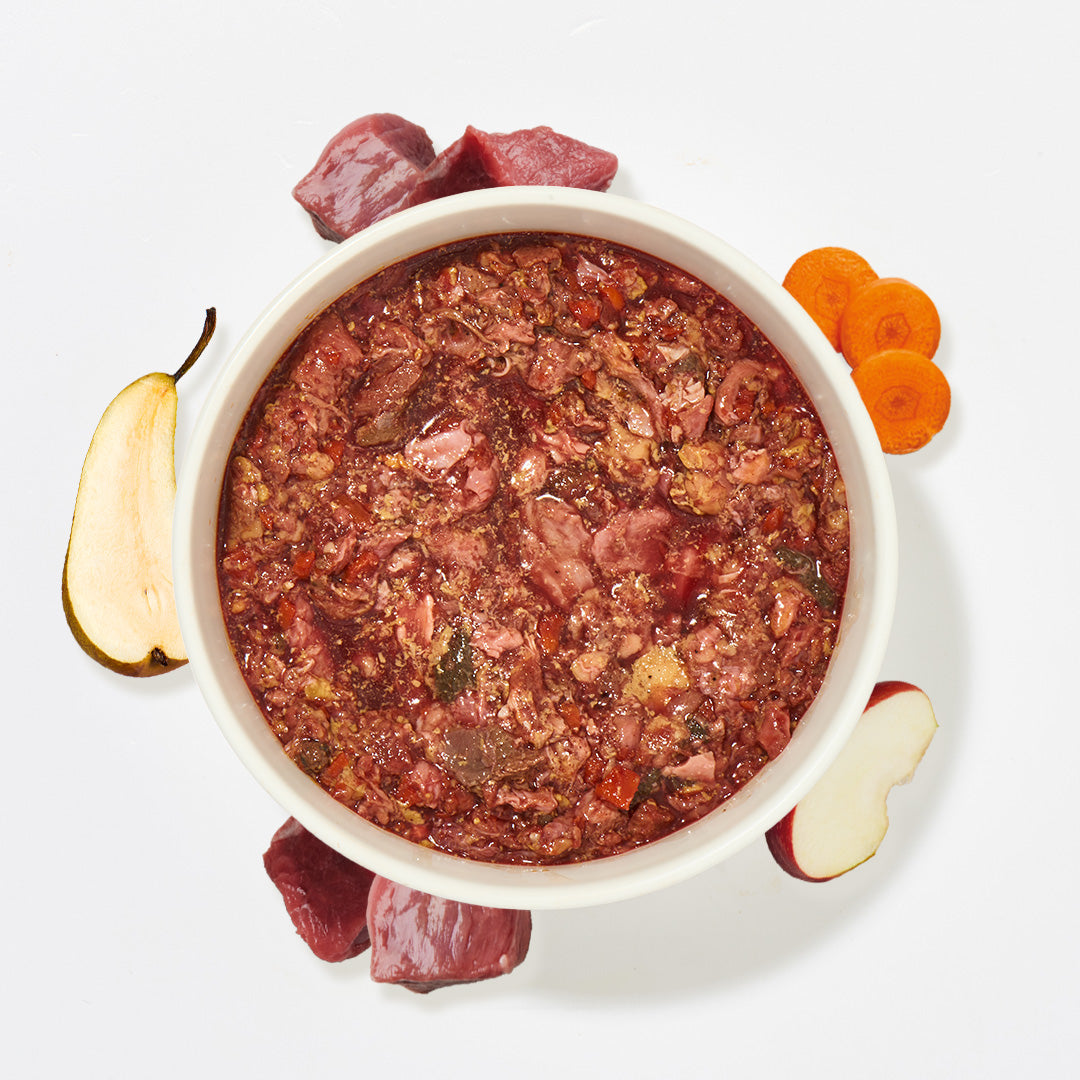When feeding BARF, the question often arises as to how much fat should be fed to the four-legged friend and what proportion of fat is the right one. First of all, it can be said that fat is an important source of energy for carnivores. This means that many pets that have lost a lot of weight through BARF feeding are often simply fed too little fat. You can find out everything about fat and the proportion of fat in BARF feeding here in our guide article.
The right fat content for the dog
The guideline for the fat content in meat is around 15 - 25%. The wide range depends on the activity level of the animal. Usually 15% fat is completely sufficient for a dog, but with increased activity the fat content can be adjusted to the needs of the four-legged animal. However, the maximum value of 25% fat should not be exceeded when feeding raw food so that the animal's pancreas is not overwhelmed.
When it comes to the fat content in raw feeding, a distinction is made between dogs and cats. In contrast to dogs, cats have a high tolerance for fat. However, the fat content in raw feeding should not be too high for cats either, as this can disrupt the nutrient supply and too much fat leads to weight gain in the long term.
Feeding fat when BARFing
When feeding fat during BARF, it is not just the total fat content of the food that is important. Depending on the type of meat or the food ingredient, the meat contains different amounts of fat. If you want to increase the fat content of your dog's meat during BARF, you can do this with muscle meat , for example. Muscle meat has a high fat content of 15% - 25% fat.

Did you know that some types of meat are leaner than others? Lean meat includes turkey, chicken, horse and rabbit. Lamb, for example, has a high fat content. You can easily find the fat content of the meat under the product description titled "Composition & analytical components" in our shop. The fat content of the respective type of meat is also stated on the product label itself.
BARF fat supplement
Do you want to add fat to BARF? No problem, of course you can simply add animal fat, for example chicken fat , goat fat or horse fat . If you want to increase the fat content in BARF, a gradual change is recommended so that your four-legged friend's body can get used to the increased fat intake. Ideally, the fat intake can be increased over a period of two weeks. If you are unsure, a BARF calculator can sometimes provide first aid, otherwise contact an animal nutritionist or veterinary practice.
Frequently Asked Questions
Isn't feeding fat dangerous for the dog?
No, it is not dangerous and BARF fat can be added without any problem. For a healthy dog, fat is a source of energy that has many positive effects. Fat can help the food to be digested better. Furthermore, fat is used more efficiently than carbohydrates, for example, and therefore provides more energy. Thanks to essential fatty acids, it also tastes good, which is why it is usually eaten with pleasure.
How do I know if I am feeding my dog enough fat?
In addition to the pure guidelines, it helps to observe the dog. Fat is the main source of energy. Conversely, this means that a dog that is fed too little fat has less energy. This can manifest itself in lethargy and weight loss. If too few essential fatty acids ( oils ) are fed, four-legged friends also tend to have a deteriorated coat and skin.
Should I increase my dog's fat content depending on his life situation?
The fat content in raw feeding is individual and depends on various factors, such as previous illnesses and exercise. An athletic dog has different energy requirements than a dog that tends to exercise less. Yes, the age and living conditions of your dog also influence the fat content in the food. A puppy, for example, does not need more fat, but a lactating dog should be fed more fat.
